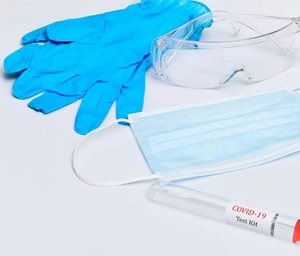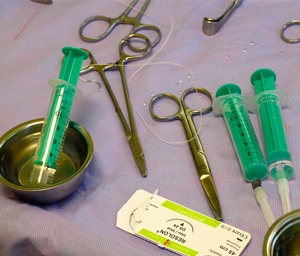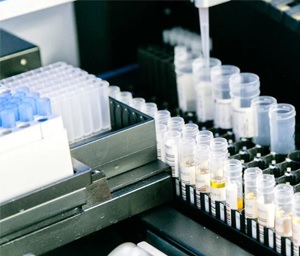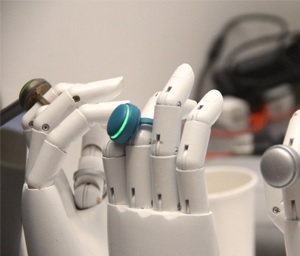Plastics in Healthcare: Pioneering Solutions for Better Patient Outcomes

Introduction:
The healthcare industry continually evolves, striving to enhance patient outcomes through innovation and technological advancements. One pivotal element in this progression is the use of plastics. Over the decades, plastics have revolutionized healthcare by providing pioneering solutions that are integral to improving patient care, safety, and overall outcomes. This article delves into the multifaceted roles that plastics play in healthcare, their benefits, applications, and the future trends that promise to further elevate patient care.
A. The Advantages of Plastics in Healthcare
1. Versatility and Adaptability: Plastics can be molded into various shapes and sizes, making them ideal for a wide range of medical devices and equipment. This versatility allows for customized solutions tailored to specific medical needs.
2. Cost-Effectiveness: Plastics are generally more affordable than traditional materials like metal or glass. Their cost-effectiveness enables broader access to medical devices and disposables, crucial for healthcare systems worldwide.
3. Durability and Safety: Medical-grade plastics are designed to withstand rigorous sterilization processes and harsh chemicals, ensuring safety and durability. They are non-reactive and hypoallergenic, reducing the risk of adverse reactions in patients.
4. Lightweight: The lightweight nature of plastics contributes to the ease of handling and transport of medical devices, which is particularly beneficial in surgical settings and emergency care.
5. Sterilization and Hygiene: Plastics are ideal for single-use medical devices, which significantly reduce the risk of cross-contamination and infection. Their ability to be easily sterilized makes them indispensable in maintaining hygiene standards.
B. Applications of Plastics in Healthcare
Medical Devices and Equipment:

- Disposable Syringes and Needles: Plastics are used to manufacture disposable syringes and needles, ensuring they are sterile and safe for single use.
- IV Bags and Tubing: These are made from flexible plastics that are durable and safe, crucial for administering fluids and medications.
- Catheters: Plastic catheters are essential for various medical procedures, providing flexibility and minimizing discomfort for patients.
Surgical Instruments and Implants:

- Scalpels and Forceps: Lightweight and durable plastic surgical instruments are increasingly used for their ease of use and sterilization.
- Orthopedic Implants: High-performance plastics are used in joint replacement and spinal implants, offering biocompatibility and longevity.
Diagnostic Equipment:

- MRI and CT Scanners: Plastic components are integral in imaging equipment, contributing to their functionality and patient safety.
- Diagnostic Kits: Plastic materials are used in the manufacturing of diagnostic kits, including rapid test devices for various diseases.
Packaging:

- Sterile Packaging: Plastics are used for packaging medical devices, ensuring they remain sterile until use.
- Pharmaceutical Containers: Plastic bottles and blister packs protect medications from contamination and damage.
Prosthetics and Wearables:

- Prosthetic Limbs: Advanced plastics provide lightweight, durable, and customizable options for prosthetics, enhancing mobility and comfort for patients.
- Wearable Devices: Plastics are used in the development of wearable medical devices such as glucose monitors and fitness trackers, promoting patient engagement in their health management.
C. Future Trends in Plastics for Healthcare
Biodegradable Plastics: As environmental concerns rise, the development of biodegradable plastics for medical use is gaining momentum.
These materials aim to reduce the environmental footprint of disposable medical devices.
Advanced Materials: Research is ongoing into plastics with enhanced properties, such as antimicrobial surfaces that prevent infections and smart plastics that can change properties in response to environmental stimuli.
3D Printing: The advent of 3D printing technology allows for the creation of custom-made medical devices and implants using plastic materials. This innovation is particularly promising for patient-specific solutions in prosthetics and orthopedics.
Nanotechnology: Incorporating nanotechnology into plastic medical devices can enhance their functionality, such as improving drug delivery systems and developing nanoscale diagnostic tools.
Sustainable Practices: The healthcare industry is increasingly adopting sustainable practices, including recycling medical plastics and developing materials with a lower carbon footprint.
Conclusion:
Plastics have undeniably transformed the healthcare landscape, providing pioneering solutions that enhance patient outcomes, safety, and comfort. Their versatility, cost-effectiveness, and adaptability make them indispensable in modern medicine. As technology advances, the role of plastics in healthcare is set to expand further, driving innovations that promise to revolutionize patient care. By embracing these advancements, the healthcare industry can continue to improve the quality of care while addressing environmental and sustainability concerns.



